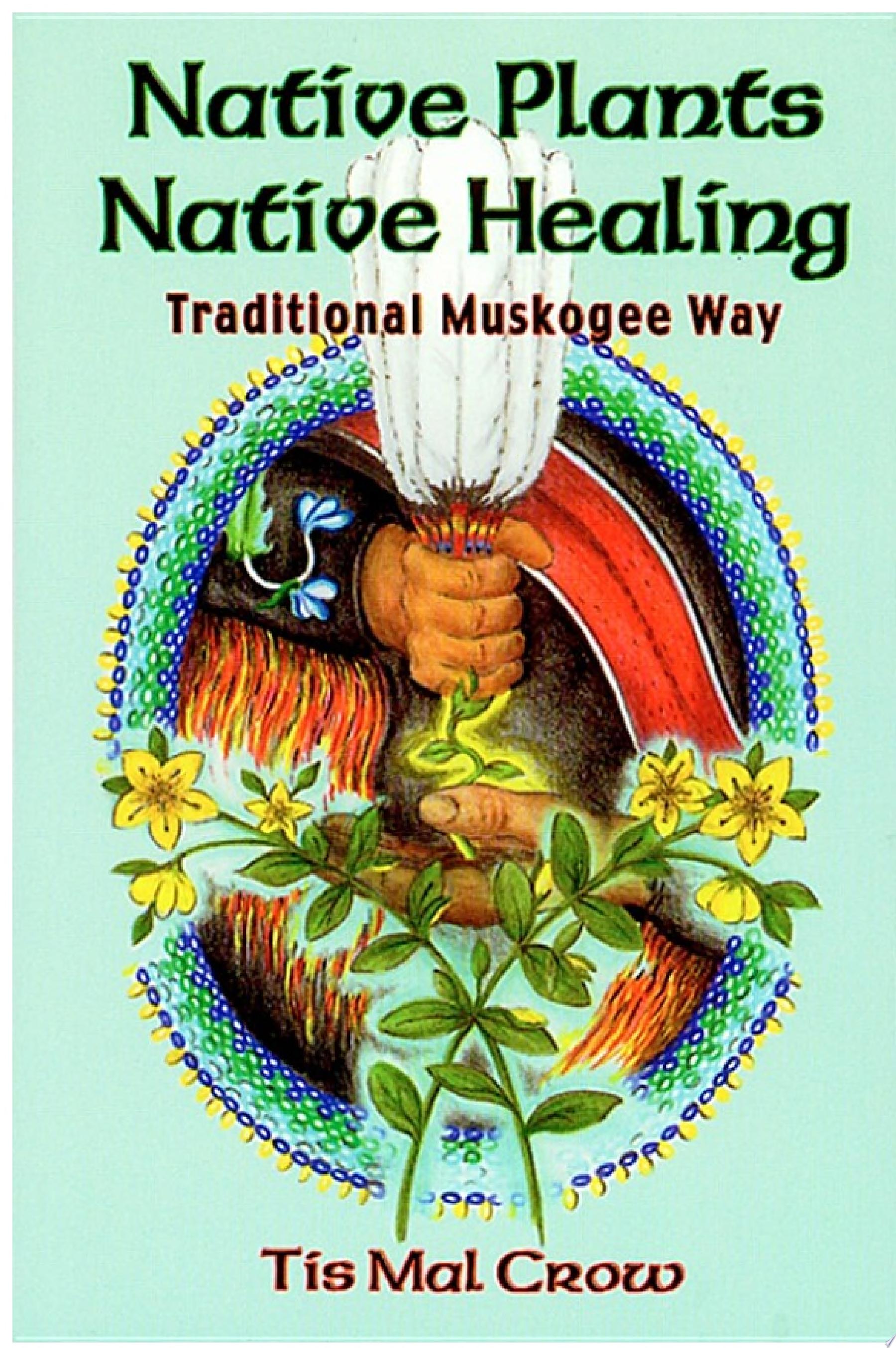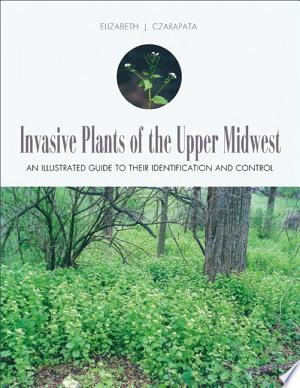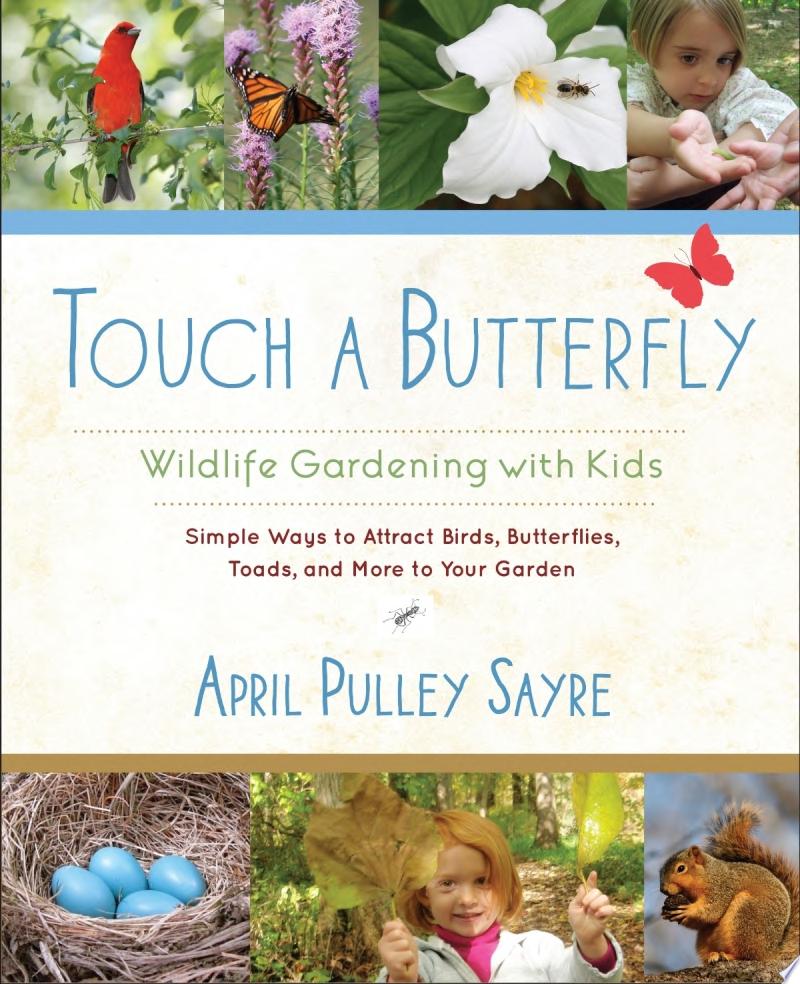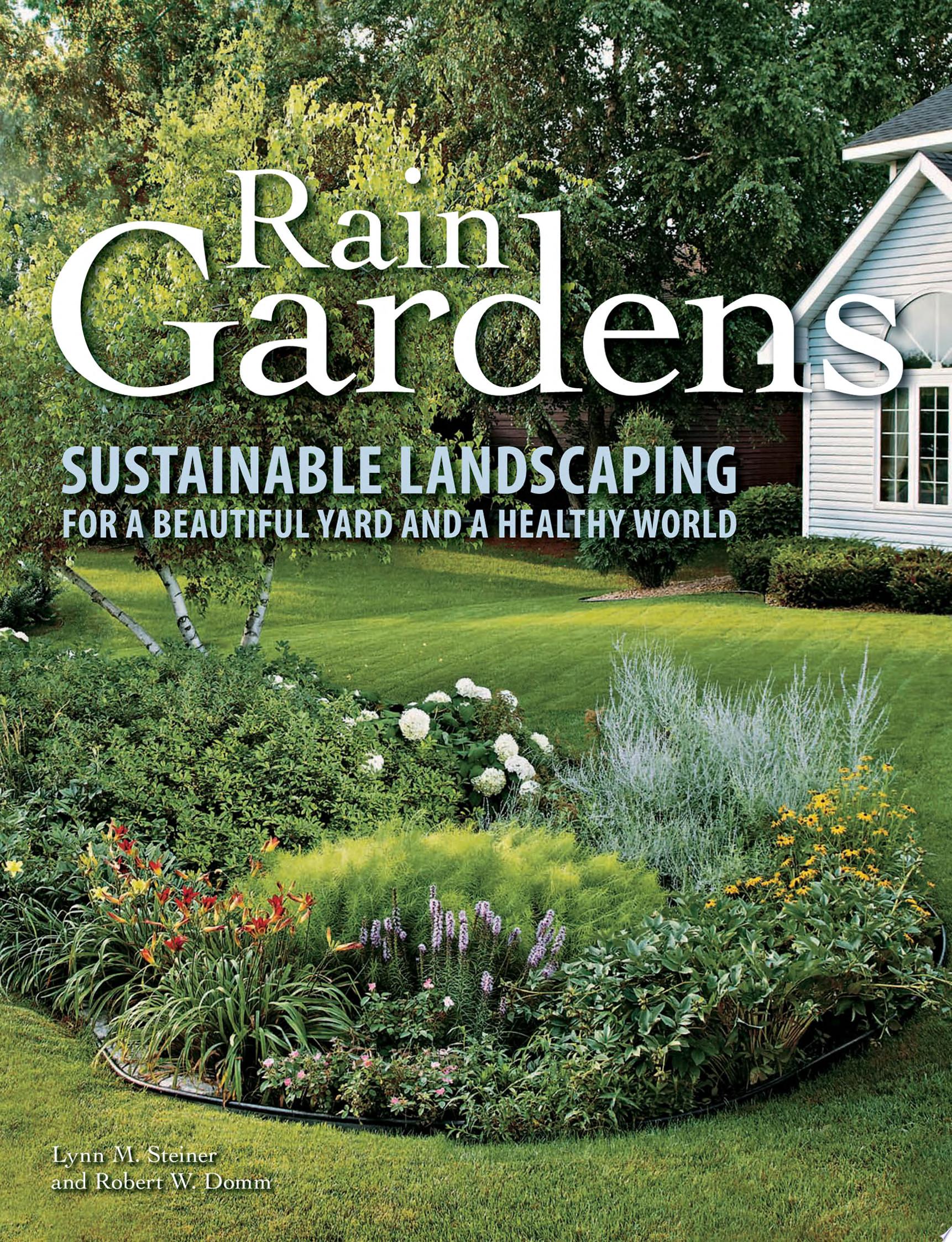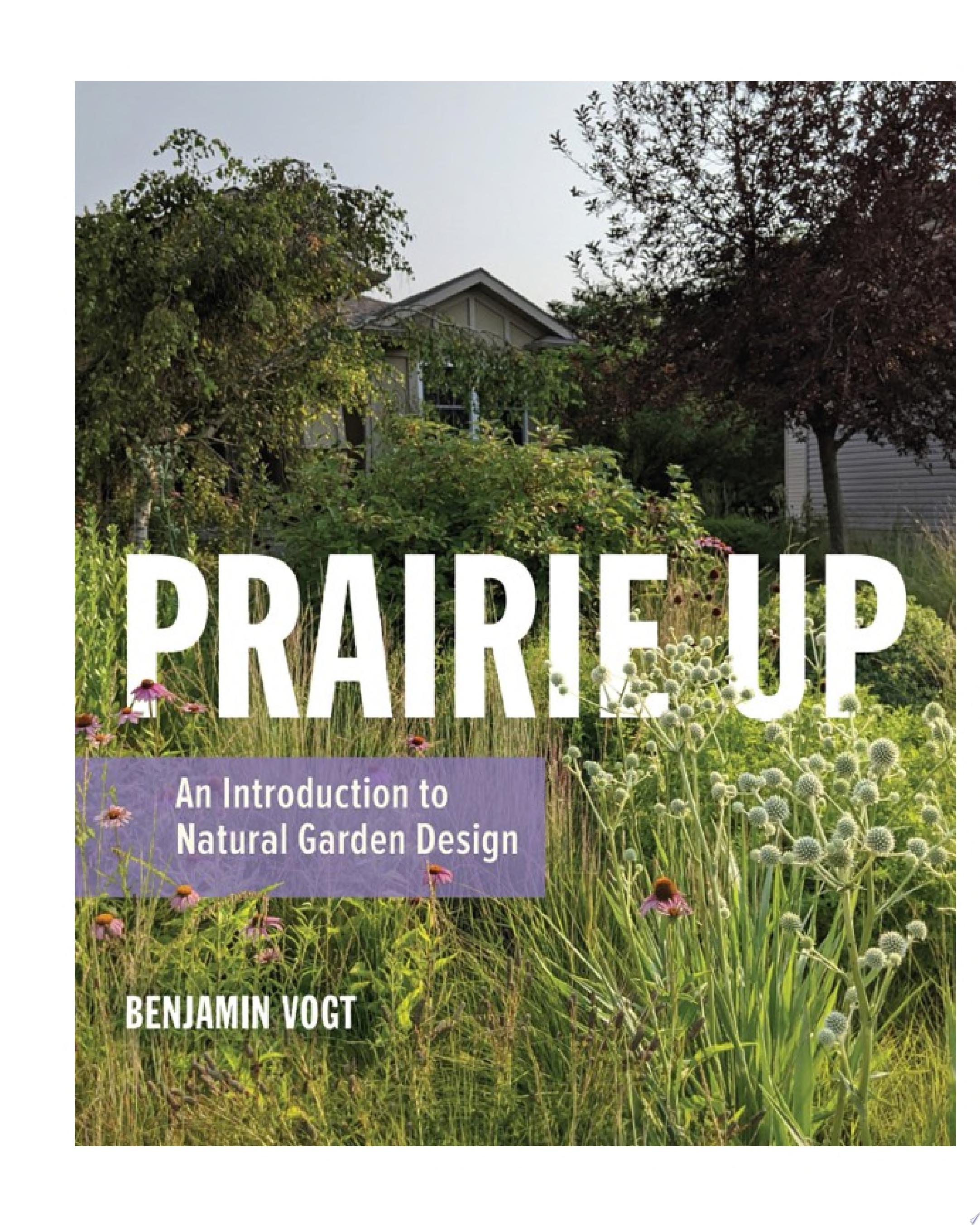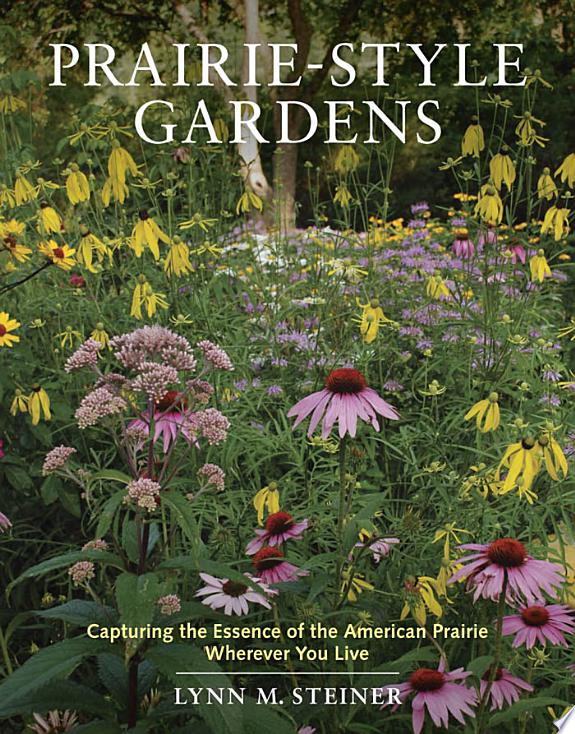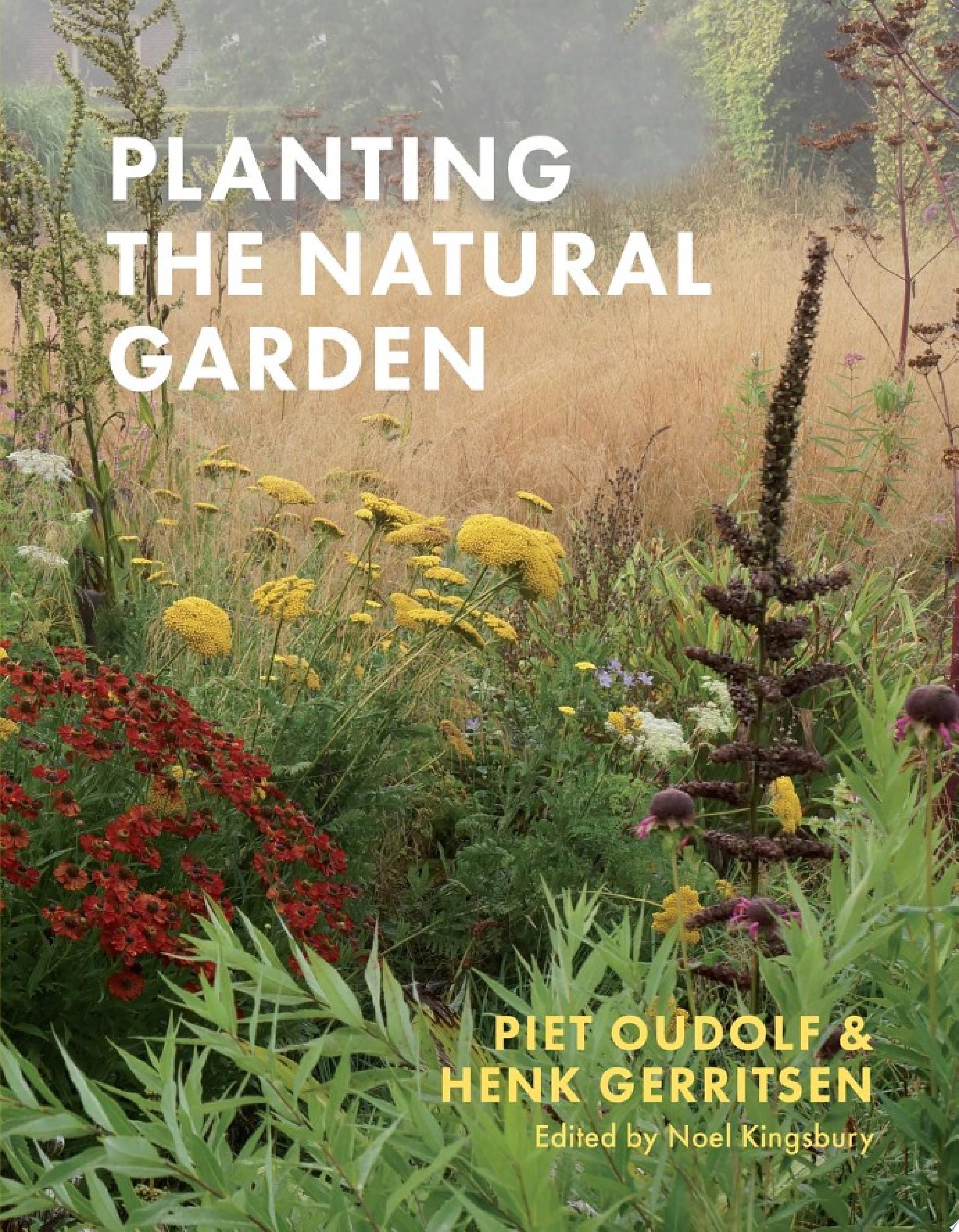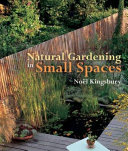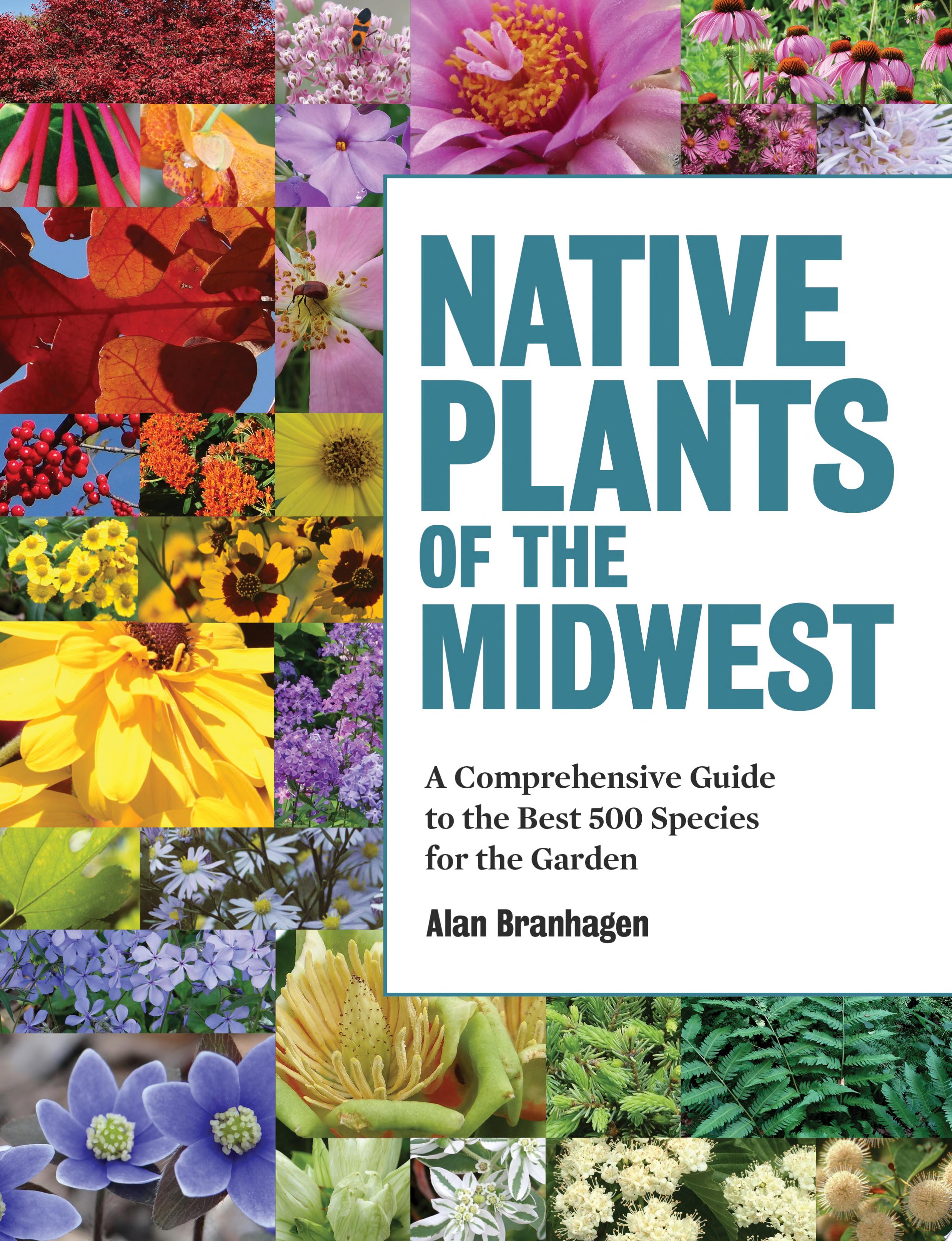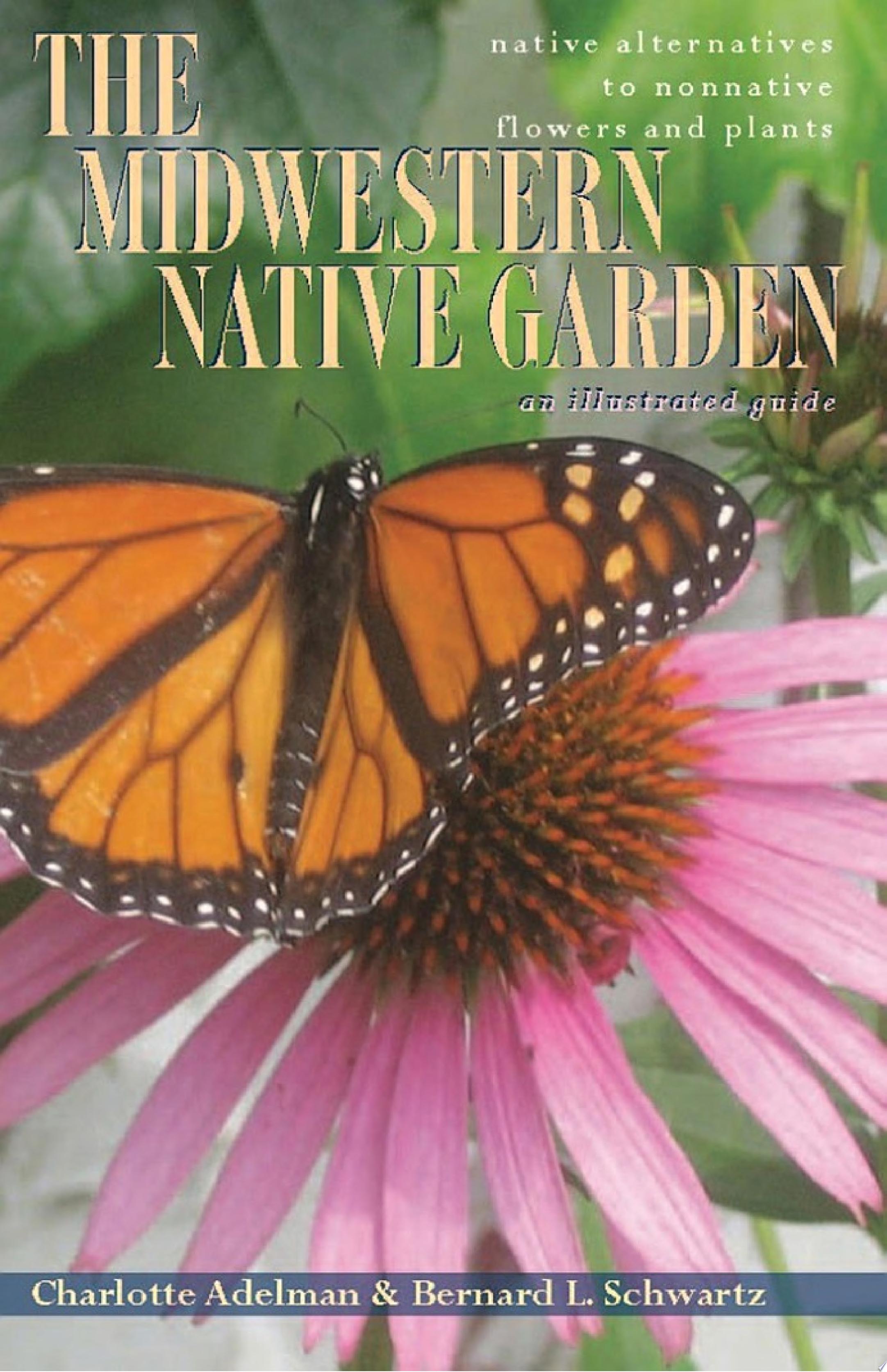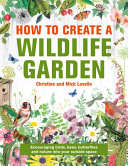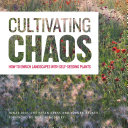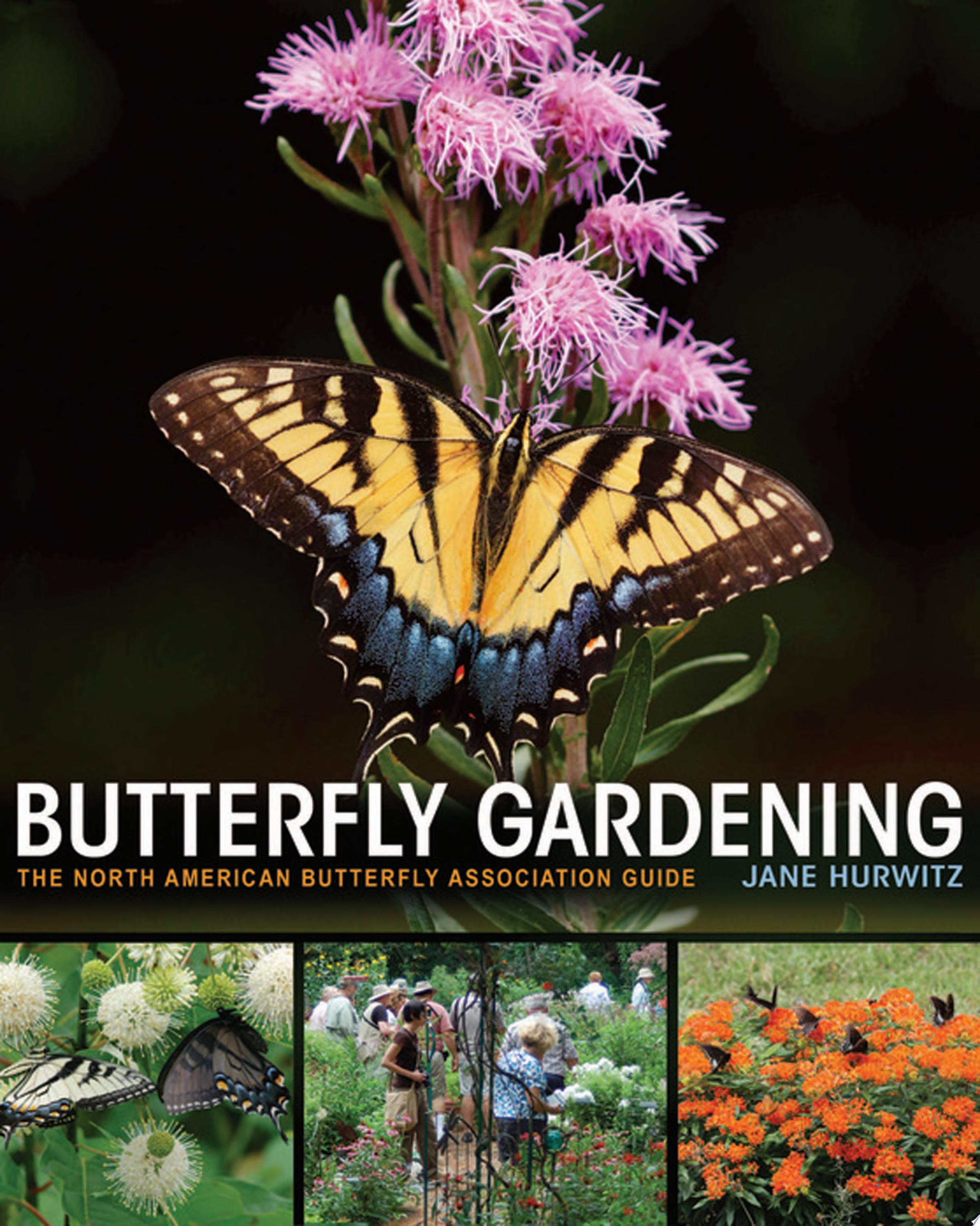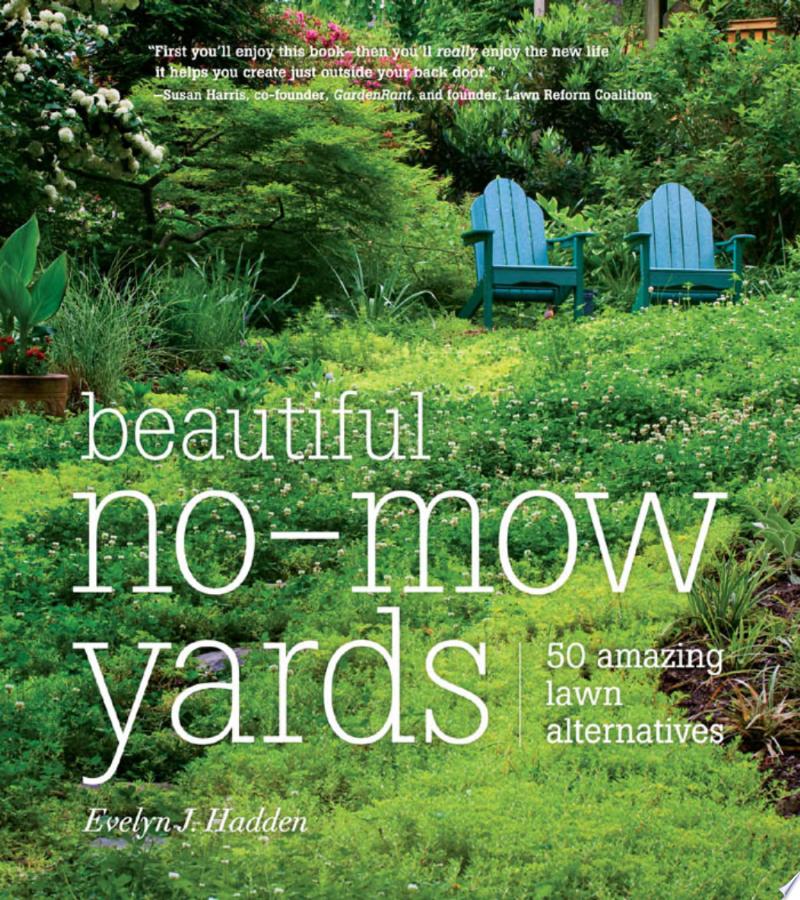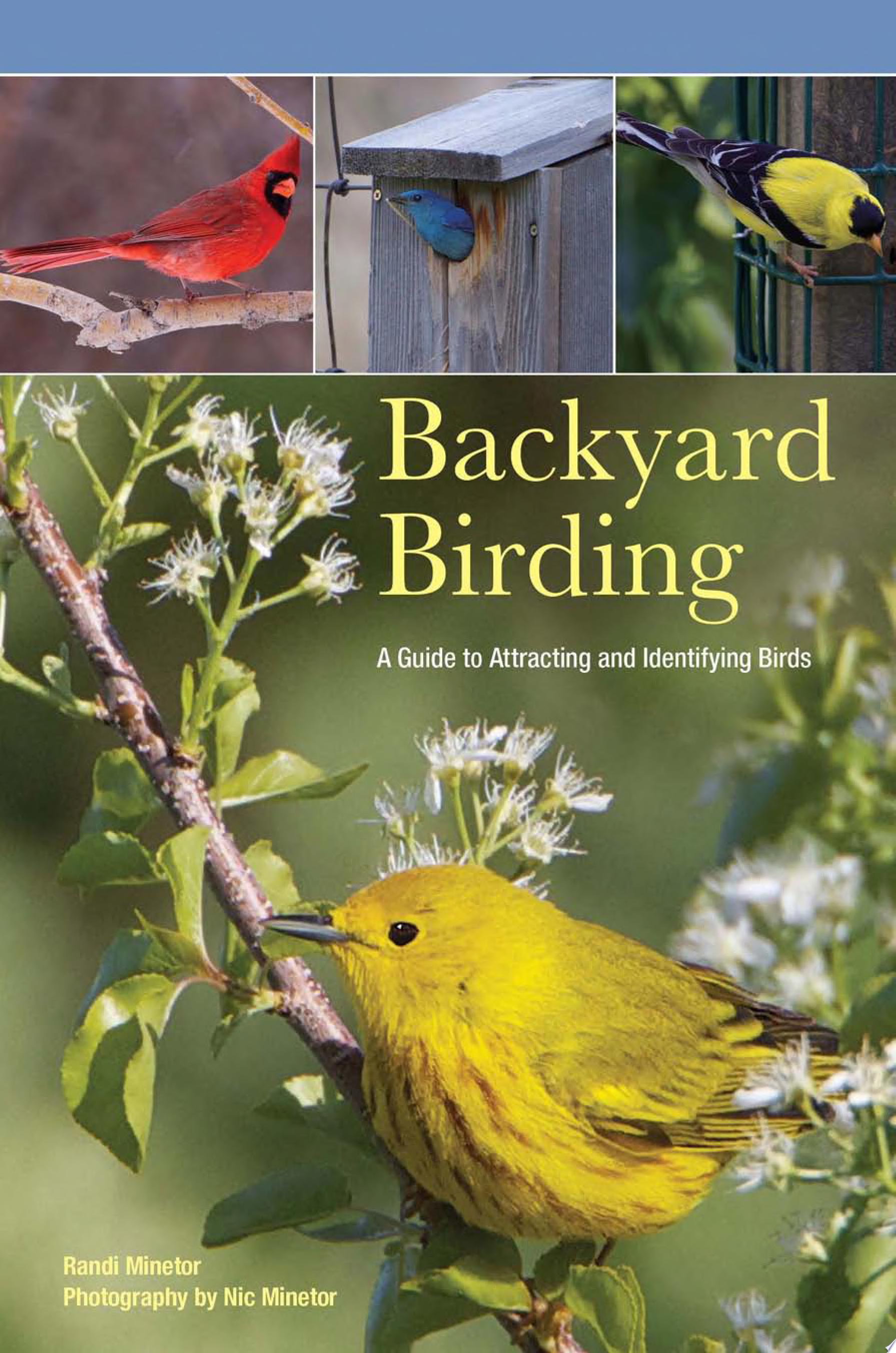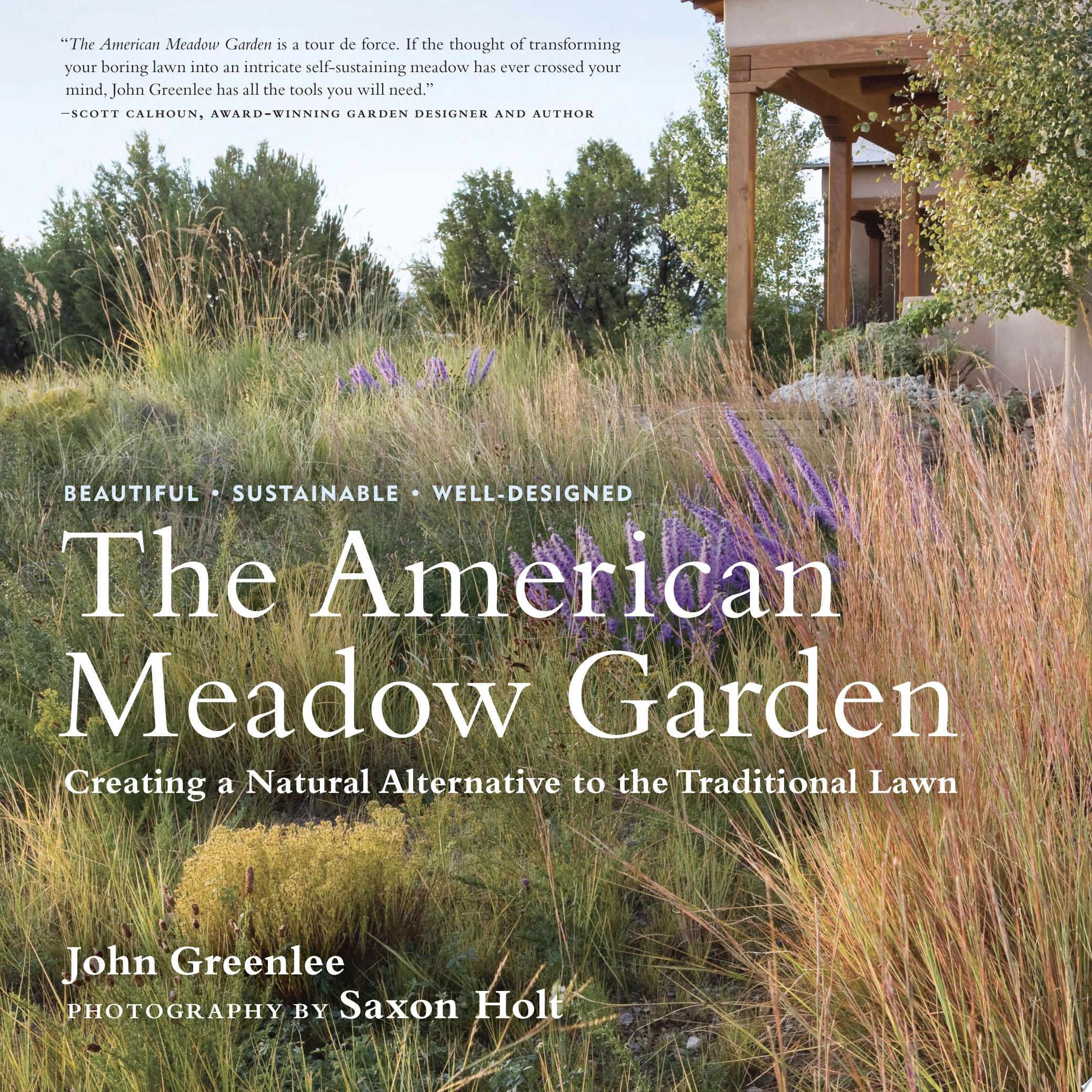Memorial Day Closing
The Library will be closed on Monday, May 27th for Memorial Day. We will reopen on Tuesday, May 28th at 9:00 a.m.
List
Native Plants, Native Healing
Tis Mal Crow
This book is a must for beginners and serious students of herbs and of Native American ways. This set of herbal teachings, which draws strongly from the Muscogee tradition, presents an understanding of the healing nature of plants for the first time in book form. In a time of expanding awareness of the potential of herbs, this work shines and beckons. Tis Mal examines common wild plants and in a clear and authoritative style explains how to identify, honor, select, and prepare them for use. Illustrated and indexed by plant name and medical topic.
Invasive Plants of the Upper Midwest
Elizabeth J. Czarapata
Invasive Plants of the Upper Midwest is an informative, colorful, comprehensive guide to invasive species that are currently endangering native habitats in the region. It will be an essential resource for land managers, nature lovers, property owners, farmers, landscapers, educators, botanists, foresters, and gardeners.
Invasive plants are a growing threat to ecosystems everywhere. Often originating in distant climes, they spread to woodlands, wetlands, prairies, roadsides, and backyards that lack the biological controls which kept these plant populations in check in their homelands.
Invasive Plants of the Upper Midwest includes more than 250 color photos that will help anyone identify problem trees, shrubs, vines, grasses, sedges, and herbaceous plants (including aquatic invaders). The text offers further details of plant identification; manual, mechanical, biological, and chemical control techniques; information and advice about herbicides; and suggestions for related ecological restoration and community education efforts. Also included are literature references, a glossary, a matrix of existing and potential invasive species in the Upper Midwest, an index with both scientific and common plant names, advice on state agencies to contact with invasive plant questions, and other helpful resources.
The information in this book has been carefully reviewed by staffs of the Wisconsin Department of Natural Resources Bureau of Endangered Resources and the University of Wisconsin-Madison Arboretum and other invasive plant experts.
Touch a Butterfly
April Pulley Sayre
Turn your garden into a hummingbird hotspot, a haven for butterflies, and a thriving ecosystem that will delight and inspire the young and young-at-heart.
Gardening with children is a pleasure in itself, but when you learn to include wildlife in your plans, gardening becomes an even more joyful family experience. Creating a garden that invites wildlife opens up a wider world of nature for investigation, inspiration, and delight. Begin to see your yard from an animal’s perspective; discover plants that attract colorful birds and bugs; embrace sensory experiences that native plants and creatures bring; and understand how your yard fits into the surrounding landscape. Along the way you will discover simple ways you can actively support wildlife in your immediate environment, no matter where you live. This family-friendly guide to wildlife gardening leads you on a path to discovery, where trees are transformed into bird and animal habitats, where sunny spots are revered for dragonfly viewing, and where your entire garden becomes an animal-welcoming kingdom.
Rain Gardens
Lynn M. Steiner
Rain gardens are at the forefront of the green revolution. This environmentally friendly landscaping captures rainwater runoff rather than redirecting it into storm drains. The result is less erosion, less water pollution, and a beautiful, low-maintenance, sustainable garden. This is the first rain garden handbook for the backyard home gardener. Co-authors Robert Domm and Lynn Steiner draw on hands-on experience to help homeowners build beautiful rain gardens in their own yards. Illustrated with color photography, this instructive book offers specific advice about planning, building, planting, and maintaining your garden. Learn about city grants, how to calculate runoff, rain barrels, attracting wildlife, gray water recycling, and much more.
Prairie Up
Benjamin Vogt
Connecting to nature with native plants
Landscaping with native plants has encouraged gardeners from the Midwest and beyond to embark on a profound scientific, ecological, and emotional partnership with nature. Benjamin Vogt shares his expertise with prairie plants in a richly photographed guide aimed at gardeners and homeowners, making big ideas about design approachable and actionable. Step-by-step blueprints point readers to plant communities that not only support wildlife and please the eye but that rethink traditional planting and maintenance. Additionally, Vogt provides insider information on plant sourcing, garden tools, and working with city ordinances. This book will be an invaluable reference in sustainable garden design for those wanting both beautiful and functional landscapes.
Easy to use and illustrated with over 150 color photos, Prairie Up is a practical guide to artfully reviving diversity and wildness in our communities.
Prairie-style Gardens
Lynn M. Steiner
With its unique blend of grasses and sturdy perennials, the North American prairie is one of the world's richest and most beautiful biotopes. It's also one of the most endangered--only a tiny fraction remains of the millions of pristine acres that once stretched from horizon to horizon. Fortunately, you can re-create some of this diversity at home and enjoy these fascinating plant communities up close. You don't need to have endless acres at your disposal--you can have an authentic prairie garden on a city or suburban lot.
And you don't even have to live on the Great Plains: prairie plants are practical choices for any landscape situation that has good drainage and full sun, whether in New England or the desert Southwest. Moreover, with their modest water needs, prairie plants make a great substitute for water-hungry lawns. And at a time when wildlife habitats are under increasing pressure from development, their flowers and foliage provide food and shelter for birds and beneficial insects.
Eminently practical, Prairie-Style Gardens shows you how to use prairie plants in a wide variety of situations, from including a few prairie plants in an existing landscape to creating a full-fledged habitat garden. Especially useful is the author's advice on how to make prairie plants work in a typical urban or suburban setting, where it isn't easy to deviate from the local norm. A comprehensive plant profiles section helps you choose which plants will look best and thrive in your particular situation. Each plant entry includes detailed information on size, native habitats, site requirements, hardiness, appropriate landscape uses, care, companion plants, and available cultivars.
Anyone can have a prairie--this book tells you how to do it.
Planting the Natural Garden
Piet Oudolf
“If the world of gardening has rock stars, Piet Oudolf qualifies as Mick Jagger, David Bowie, and Prince rolled into one.” —Gardenista
The original publication of Planting the Natural Garden ushered in a revolution in landscape design: the New Perennial Movement. Spearheaded by internationally renowned designer Piet Oudolf, and incisively articulated by the late plantsman and designer Henk Gerritsen, it transformed private and public spaces with its emotionally resonant, naturalistic use of hardy perennials and grasses.
Now this classic has been expanded and updated to include scores of new plants and combinations. Packed with practical information and visual inspiration, Planting the Natural Garden zeroes in on the New Perennial Movement’s power to move us, making its distinctive plant palette available to all. For enthusiasts of these vibrant landscapes, it is an essential text; for gardeners who love the dreamy moods and colors that Oudolf and Gerritsen celebrate, it’s the key to a magic kingdom of garden beauty.
Natural Gardening in Small Spaces
Noel Kingsbury
With the growing recognition that a wisely and sensitively planted garden has a lot to offer to wildlife and the food web, more and more people are looking for ways to make their gardens environmentally friendly. However, gardeners have tended to assume that they need a lot of space to create habitats for wildlife and to evoke wild and natural places. In Natural Gardening in Small Spaces, renowned plantsman Noël Kingsbury refutes that presumption, showing how even in a small garden you can create a sustainable ecosystem that looks great — and, once established, largely looks after itself. More than 150 glorious photographs of small natural gardens provide visual confirmation of Noël Kingsbury's contention that even the smallest garden can provide a natural haven.
Native Plants of the Midwest
Alan Branhagen
Native Plants of the Midwest, by regional plant expert Alan Branhagan, features the best native plants in the heartland and offers clear and concise guidance on how to use them in the garden. Plant profiles for more than 500 species of trees, shrubs, vines, perennials, ground covers, bulbs, and annuals contain the common and botanical names, growing information, tips on using the plant in a landscape, and advice on related plants. You’ll learn how to select the right plant and how to design with native plants. Helpful lists of plants for specific purposes are shared throughout. This comprehensive book is for native plant enthusiasts and home gardeners in Ohio, Michigan, Indiana, Illinois, Wisconsin, Minnesota, Iowa, Missouri, Nebraska, North and South Dakota, northern Arkansas, and eastern Kansas.
The Midwestern Native Garden
Charlotte Adelman
Midwestern gardeners and landscapers are becoming increasingly attracted to noninvasive regional native wildflowers and plants over popular nonnative species. The Midwestern Native Garden offers viable alternatives to both amateurs and professionals, whether they are considering adding a few native plants or intending to go native all the way. Native plants improve air and water quality, reduce use of pesticides, and provide vital food and reproductive sites to birds and butterflies, that nonnative plants cannot offer, helping bring back a healthy ecosystem.
The authors provide a comprehensive selection of native alternatives that look similar or even identical to a range of nonnative ornamentals. These are native plants that are suitable for all garden styles, bloom during the same season, and have the same cultivation requirements as their nonnative counterparts. Plant entries are accompanied by nature notes setting out the specific birds and butterflies the native plants attract.
The Midwestern Native Garden will be a welcome guide to gardeners whose styles range from formal to naturalistic but who want to create an authentic sense of place, with regional natives. The beauty, hardiness, and easy maintenance of native Midwestern plants will soon make them the new favorites.
How to Create a Wildlife Garden
Christine Lavelle
This inspiring and accessible hands-on book shows how simple gardening techniques can provide a dazzling plant display while helping the native wildlife. This new updated edition of the award-winning book (Garden Media Guild Practical Book of the Year) gives easy-to-follow instructions backed up with advice on planning and design, showing how we can share our outdoor space with nature. The authors show how to encourage beneficial garden species and discourage the more problematic ones. With its wealth of practical advice and detailed photography, this is the ideal sourcebook for gardeners and wildlife enthusiasts.
Cultivating Chaos
Jonas Reif
Self-seeding plants can create naturalistic gardens of great charm, but left to their own devices quickly spiral out of control. Maintaining the balance of plants so that a small number of robust species do not evict the others and developing the structure of the garden are important techniques to acquire. Taking inspiration from the gardens of Christopher Lloyd, Derek Jarman and Henk Gerritsen, Cultivating Chaos teaches how to prepare your soil for improved germination, guide your planting as it evolves, and create different ecological niches from which will emerge beautiful, species-rich gardens.
Butterfly Gardening
Jane Hurwitz
An indispensable and lavishly illustrated guide to creating a garden that attracts and sustains butterflies
Butterfly gardening creates habitats that support butterflies, connecting us with some of the most beautiful creatures in the natural world and bringing new levels of excitement and joy to gardening. In this engaging and accessible guide, lavishly illustrated with more than two hundred color photographs and maps, accomplished butterfly gardener Jane Hurwitz presents essential information on how to choose and cultivate plants that will attract a range of butterflies to your garden and help sustain all the stages of their life cycles.
An indispensable resource for aspiring and experienced butterfly gardeners alike, Butterfly Gardening is the most gardener-friendly source on the subject, covering all the practical details needed to create a vibrant garden habitat that fosters butterflies. It tells you which plants support which butterflies, depending on where you live; it describes what different butterflies require in the garden over the course of their lives; and it shows you how to become a butterfly watcher as well as a butterfly gardener.
While predominantly recommending regionally native plants, the book includes information on non-native plants. It also features informative interviews with experienced butterfly gardeners from across the United States. These gardeners share a wealth of information on plants and practices to draw butterflies to all kinds of gardens--from small suburban gardens to community plots and larger expanses.
Whether you are a gardener who wants to see more butterflies in your garden, a butterfly enthusiast who wants to bring that passion to the garden, or someone who simply wants to make their garden or yard friendlier to Monarchs or other butterflies, this is a must-have guide.
- An essential guide for aspiring and experienced butterfly gardeners
- Encourages readers to rethink gardening choices to support butterflies and other pollinators in their gardens and communities
- Introduces gardeners to butterfly watching
- Includes regional lists of plant species that are time-proven to help sustain butterflies and their caterpillars
- Features informative interviews with expert butterfly gardeners from across the United States
Beautiful No-Mow Yards
Evelyn Hadden
With Beautiful No-Mow Yards, you can transform your lawn into a livable garden and bring nature's beauty into your life!
What has your perfect green lawn done for you lately? Is it really worth the time, effort, and resources you lavish on it? Armed with encouragement, inspiration, and cutting-edge advice from award-winning author Evelyn Hadden, you can liberate yourself at last!
In this ultimate guide to rethinking your yard, Hadden showcases dozens of inspiring, eco-friendly alternatives to that demanding (and dare we say boring?) green turf. Trade your lawn for a lively prairie or replace it with a runoff-reducing rain garden. Swap it for an interactive adventure garden or convert it to a low-maintenance living carpet.
Backyard Birding
Randi Minetor
How to bring birds to your home and keep them there—including 250 full-color photos
They're out there every day, flashing through your yard, perching in a tree, collecting on utility wires, or congregating around puddles. They already share your backyard and neighborhood with you, but you—even if you are already one of America's more than 68 million birders—haven't formally invited them over for dinner. This book shows you how.
Backyard Birding helps you maximize your home birding experiences and attract a wider variety of birds. With 250 full-color photos and concise, informative text, it provides indispensable details on what foods, plants, trees, water sources, and nesting materials will attract particular species. It helps you make the right choices the first time—and avoid costly mistakes. As an identification guide, it goes further than any previous resource in clarifying such matters as male/female plumage variations and breeding vs. nonbreeding plumage. Randi and Nic Minetor traveled from Florida to Alaska to photograph the hundreds of species in these pages. The result is a compendium from America's backyards to your fingertips, with information useful in whatever climate or habitat your own backyard may provide.
* 250 vibrant full-color photos capturing birds in stunning detail
* Focus on top 24 birds found nationally as well as in Eastern and Western locations
* Picture index of all the birds found throughout the book for easy reference
* Seasonal bird feeding checklists
The American Meadow Garden
John Greenlee
If there's one lesson every homeowner must learn, it's this: The traditional lawn is a huge, time consuming, synthetic-chemical sucking mistake. The time has come to look for new ways to create friendly, livable spaces around our homes.
In The American Meadow Garden, ornamental grass expert John Greenlee creates a new model for homeowners and gardeners. For Greenlee, a meadow isn't a random assortment of messy, anonymous grasses. Rather, it is a shimmering mini-ecosystem, in which regionally appropriate grasses combine with colorful perennials to form a rich tapestry that is friendly to all life — with minimal input of water, time, and other scarce resources. Kids and pets can play in complete safety, and birds and butterflies flock there. A prairie style planting is a place you want to be.
With decades of experience as a nurseryman and designer, John Greenlee is the perfect guide. He details all the practicalities of site preparation, plant selection, and maintenance; particularly valuable are his explanations of how ornamental grasses perform in different climates and areas. Gorgeous photography by Saxon Holt visually illustrates the message with stunning examples of meadow gardens from across the country.
We've reached a stage where we can no longer follow past practices unthinkingly, particularly when those practices are wasteful and harmful to the environment. It's time to get rid of the old-fashioned lawn and embrace a sane and healthy future: the American meadow garden.
